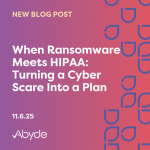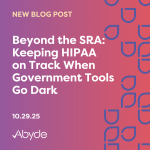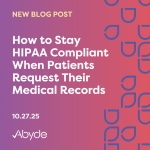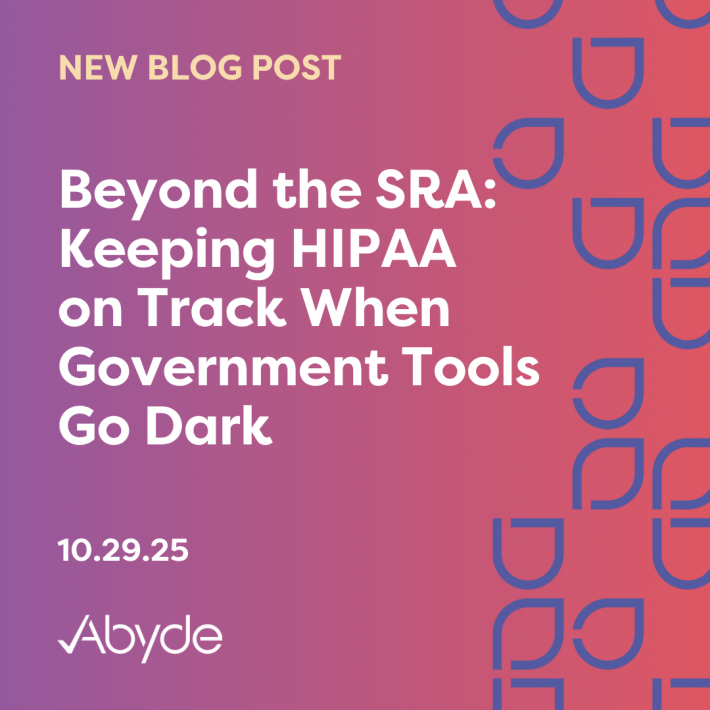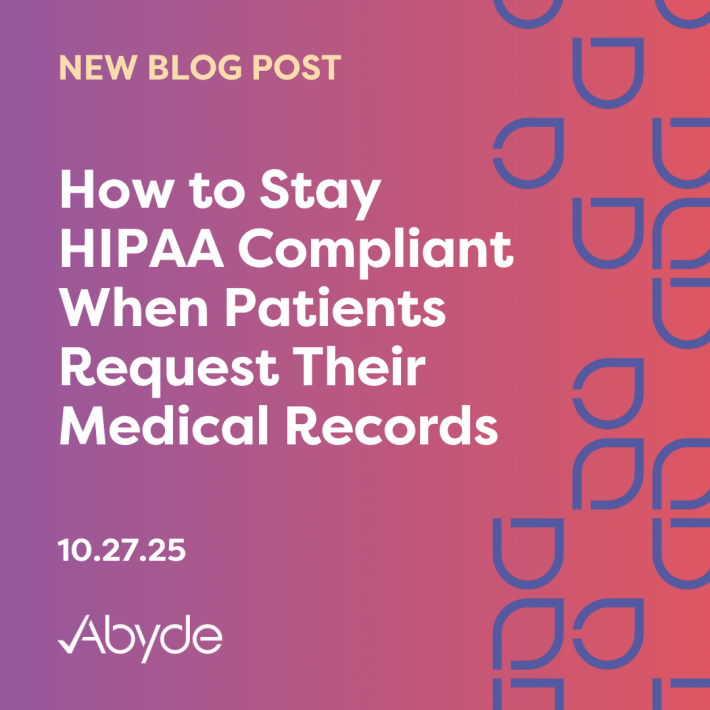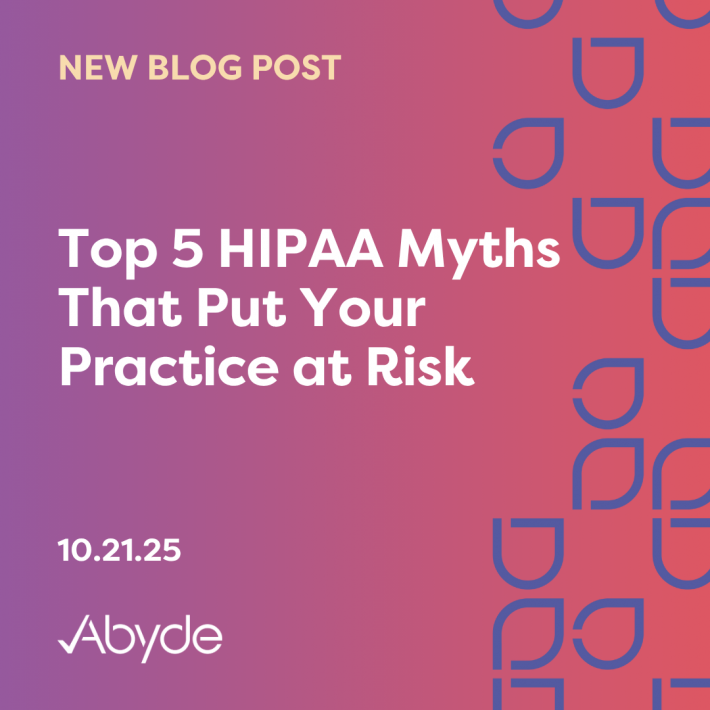November 6, 2025
The lights flicker. Your EHR freezes. A skull-and-crossbones pops up with a countdown, and your team can’t access patient charts. Appointments grind to a halt. No, it’s not a scene from a horror movie you watched on Halloween; it’s what a real ransomware attack can look like for a healthcare practice.
Ransomware is a growing threat in healthcare because it goes after what you rely on most: access to patient information. Attackers lock you out of your own systems and demand payment, all while putting Protected Health Information (PHI) at risk.
The good news? With the proper safeguards, training, and a plan in place, your practice can respond quickly and minimize the damage.
What is a Ransomware Attack?
Ransomware is malicious software, or malware, that deliberately seizes records in exchange for a payment, usually demanding enormous amounts of money.
The Change Healthcare Breach, the most significant HIPAA breach on record, highlighted the devastating scale of these attacks. This single incident impacted nearly 200 million Americans! It involved a $22 million bitcoin ransom paid to the hackers after the initial attack, as well as billions of dollars in downtime and recovery. That’s how serious these incidents can get.
When PHI is worth 10 to 20 times more than a credit card on the black market, it puts healthcare providers in the crosshairs of malicious bad actors. A credit card is like having a single slice of pizza, and who stops at one? A patient’s PHI gives hackers the whole pie. Instead of cheesy goodness, it’s a compliance nightmare for your practice.
Ransomware attacks have increased rapidly in the healthcare sector in recent years, with a 264% rise in large breaches caused by ransomware crimes. The big problem is that these threats are Pandora’s box, incredibly difficult to contain once they’ve begun.
How can I stop a Ransomware Attack?
You can’t guarantee it will never happen, but you can take the proper steps to minimize risks significantly.
First, ensure staff are adequately trained on email safety. We hate to break it to you, but that “Free vacation when you send an Apple gift card!” email is probably too good to be true. Most attacks start with a suspicious email that’s opened by unknowing employees. Ensure staff are aware of common phishing signs and know how to report suspicious activity correctly.
Also make sure that all proper technical safeguards, such as firewalls and encryption, are current and fully operational to secure patient data. Implement multi-factor authentication (MFA) for all logins to provide an additional layer of protection. While your password acts as a door, MFA acts as a key, keeping patient PHI secure.
No practice is 100% safe, but a solid Disaster Recovery Plan empowers your team to actually know what to do if ransomware hits and gives actionable items like quickly taking the infected device offline and involving your IT team immediately. And if you’ve got good backups in place, you can protect your patients and get your practice back on track much faster!
Keeping Your Practice Ransomware Ready
Ransomware isn’t just a one-time jump scare; it’s an ongoing risk. But when you combine staff training, up-to-date safeguards, MFA, and a thorough response plan, your practice goes from vulnerable to prepared.
The best part? You don’t have to figure it out alone! Smart compliance solutions can help you stay on top of requirements, document your actions, and support you if something does go wrong.
Ready to learn more? Meet with a HIPAA compliance expert today
